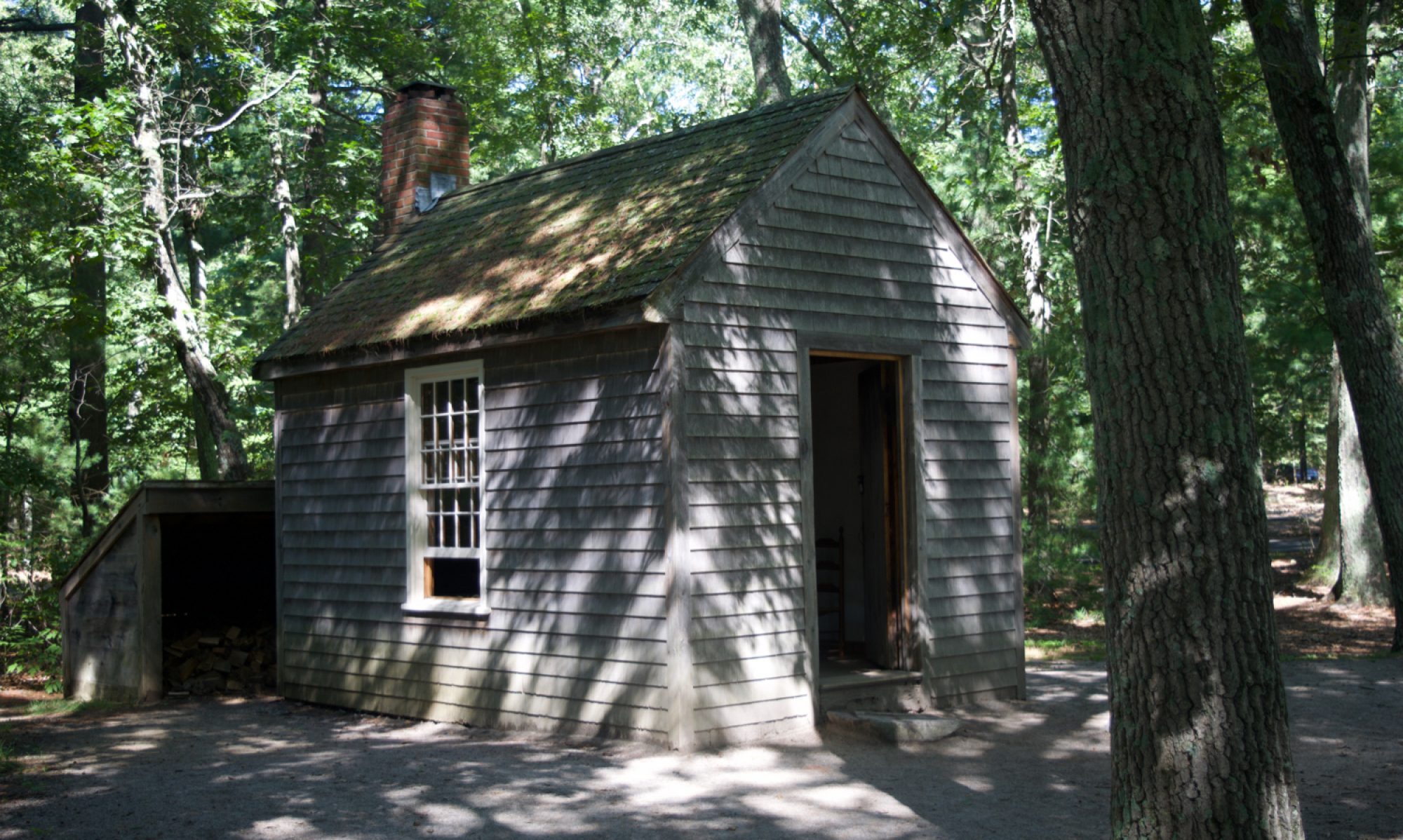It’s been more than a fortnight since the grand final episode of Channel 4’s 2015 Shed of the Year competition but the #shedoftheyear tweets are still being posted, and there was a lot of newspaper coverage in the day or so after the final was broadcast.
The episode began with the “Cabins/Summerhouses” and “Workshops/Studios” shed categories. For the first category, I liked Teasel’s Wood Cabin and the Pixie Cabin. For the second category, I liked the Cabin of the Green Man, and its mention of chainsaw carving. I always like anything about the Green Man anyway.
My overall favourites were Cormac’s Bothy and the Corrugated Cottage from the first and second episode, but the judges’ choice and series winner was the Inshriach Distillery from the previous episode.
During the programme, #shedoftheyear was again one of the top hashtags for the UK, and this itself generated some confused responses:
https://twitter.com/Snowripper1106/status/620340068016877568
Stories about the result appeared across the spectrum of newspapers, including the ones in The Independent, in The Scotsman, in The Daily Mail, and in The Daily Star. The Telegraph produced a gallery of photos from the competition. As a pub shed, the winner was also picked up by the drinks trade press.
This breadth of coverage was itself reflected on Twitter:
I've come back to a 'shed load' of coverage this morning!! Dream team @Pippa_N @mischiefpr #shedoftheyear pic.twitter.com/xQg5uhoeRO
— sophie beswick (@sophiebeswick1) July 13, 2015
Businesses made use of the hashtag, some with interesting content to promote:
Shedding Light On #Planning Permission. What you need to know to have your own #shedoftheyear http://t.co/1aE4Wky6F3
— Burness Paull LLP (@BurnessPaullLLP) July 13, 2015
As did Glasgow University Archives:
Starting on the @wellcometrust Allotment project. Image c. 1935, too late to be #shedoftheyear #fridayflora pic.twitter.com/snu0O7wKuC
— UofGlasgowASC (@UofGlasgowASC) July 17, 2015
And beach hutters:
@MrGeorgeClarke The once humble #Scarborough beach hut has evolved! How's this for an #AmazingSpaces #ShedOfTheYear? pic.twitter.com/gSWSRegWD2
— Stan Kirk (@KirkStan) July 17, 2015
Finally, the hashtag prompted this gem from the city of skyscrapers:
Joy of sitting in trendy New York bar and noticing #shedoftheyear trending in the UK. Deep stab of homesickness.
— Solitaire Townsend (@GreenSolitaire) July 12, 2015









